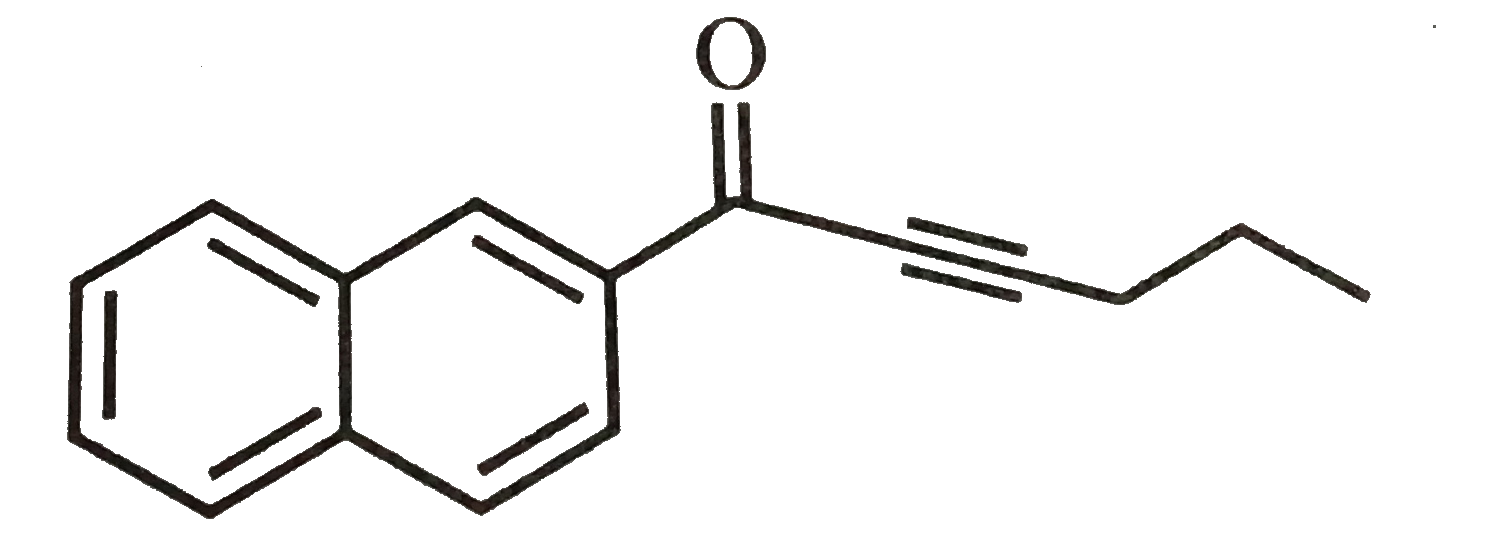Statement 1 , pi- bOnd makes the compound unsatable
Statement 2 : Bond strength of C=C is more than C-C
S1 &S2 both are correct & S2 is correct explaination of S1
S1 &S2 both are correct & S2 not correct statement
S1 is false & S2 both are correct
S1 is Correct & S2 both are false
To analyze the given statements, we will evaluate each statement separately and determine their validity.
Step 1: Evaluate Statement 1
Statement 1: "Pi bond makes the compound unstable."
- A pi bond is formed when two p orbitals overlap sideways. While pi bonds do introduce some degree of instability compared to sigma bonds, they do not inherently make a compound unstable.
- For example, compounds like ethylene (C2H4) contain a pi bond but are stable. The presence of a pi bond does not mean that the entire compound is unstable; rather, it can contribute to reactivity under certain conditions.
- Therefore, this statement is false.
Step 2: Evaluate Statement 2
Statement 2: "Bond strength of C=C is more than C-C."
- The bond strength of a double bond (C=C) is indeed greater than that of a single bond (C-C).
- In general, the order of bond strength is as follows: C≡C (triple bond) > C=C (double bond) > C-C (single bond). This is because multiple bonds (double and triple) involve more electron sharing between the atoms, resulting in stronger interactions.
- Therefore, this statement is true.
Conclusion
- Statement 1 is false.
- Statement 2 is true.
Thus, the correct answer is that Statement 1 is false and Statement 2 is true.
Statement 1: "Pi bond makes the compound unstable."
- For example, compounds like ethylene (C2H4) contain a pi bond but are stable. The presence of a pi bond does not mean that the entire compound is unstable; rather, it can contribute to reactivity under certain conditions.
- Therefore, this statement is false.
Statement 2: "Bond strength of C=C is more than C-C."
- In general, the order of bond strength is as follows: C≡C (triple bond) > C=C (double bond) > C-C (single bond). This is because multiple bonds (double and triple) involve more electron sharing between the atoms, resulting in stronger interactions.
- Therefore, this statement is true.
- Statement 1 is false.
- Statement 2 is true.
Topper's Solved these Questions
Similar Questions
Knowledge Check
The number of C-C sigma bonds in the compound
 A16B14C18D11
A16B14C18D11A : CBr4 is thermally more stable than Cl4 .
R : C- Br bond energy is more than C-lAIf both Assertion & Reason are true and the reason is the correct explanation of the assertion , then mark (1)BIf both Assertion & Reason are true but the reason is not the correct explanation of the assertion , then mark (2)CIf Assertion is true statement but Reason is false , then mark (3)DIf both Assertion and Reason are false statements , then mark (4)Assertion (A): CIF is more reactive than F2.
Reason (R ): The F-F bons is weaker than CIF bond.AStatement-1 is True, Statement-2 is True , Statement-2 is a correct explanation for Statement-1.BStatement-1 is True, Statement-2 is True , Statement-2 is not a correct explanation for Statement-1CStatement-1 is True, Statement-2 is False.DStatement-1 is False, Statement-2 is True.
Statement-1 : Halogens are more reactive than interhalogens.
Statement-2 :Bond in the interhalognes (X-Y) is weaker than X-X bond in the halogens.
View SolutionIn the compound,≡H the C2−C3 bond is of the type
View SolutionThe compound C4H6 contains bonds between C and C
View SolutionThe bond energy of C-C bond in Kcal/mol is -
View SolutionIn the following questions, a statement of assertion (A) is following by a statement of reason (R )
 on reaction with alcoholic KOH gives
on reaction with alcoholic KOH gives 
R: Bond energy of C-D bond is less than of C-H bond.
View Solution

 , the C2 - C3 bond is of the type :
, the C2 - C3 bond is of the type : 